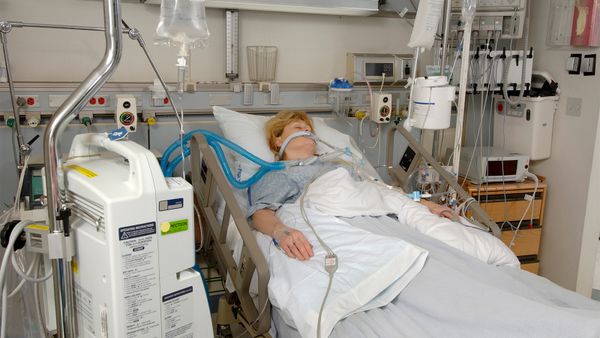
Whether it's an ordinary emergency (3 a.m. stomach pains) or a very extraordinary situation (COVID-19 exposure, anyone?), there are times when you need to see a doctor but it's not convenient. Wouldn't it be great if that doctor could make a house call to you? That may be possible thanks to telemedicine. The appointment is just going to be a little different from what you're used to, since it'll take place via a smartphone or computer screen.
Telemedicine is defined by the American Academy of Family Physicians (AAFP) as the practice of using technology to provide health care from a distance. It's been around since the 1960s, particularly for rural areas looking to contact specialists. But it became more popular after the computer revolution and the widespread availability of broadband starting in the late 1990s, which allowed easier transmission of medical records and video calls.
Advertisement
The 2020 COVID-19 epidemic has marked a significant turning point in the practice of telemedicine. In fact, it figures prominently in the $2 trillion Coronavirus Aid, Relief and Economic Security (CARES) Act, which notes that greater access to virtual health care is a major prong of the effort to defeat COVID-19. This is especially good news for patients in rural communities, veterans, the elderly and others of elevated risk who have traditionally had limited access or limited mobility to see in-person doctors.
"In the COVID-19 epidemic we want to support social distancing," says Dr. Steven Waldren, vice president and chief medical informatics officer with the AAFP, noting that this is especially critical as there are a lot of people who never show symptoms of the illness, therefore putting others at risk. "An elderly patient with a stable chronic disease that needs to be followed up, typically that would [done] in person, but a lot of physicians are doing that with telemedicine to keep them from going out into the community."
Advertisement

